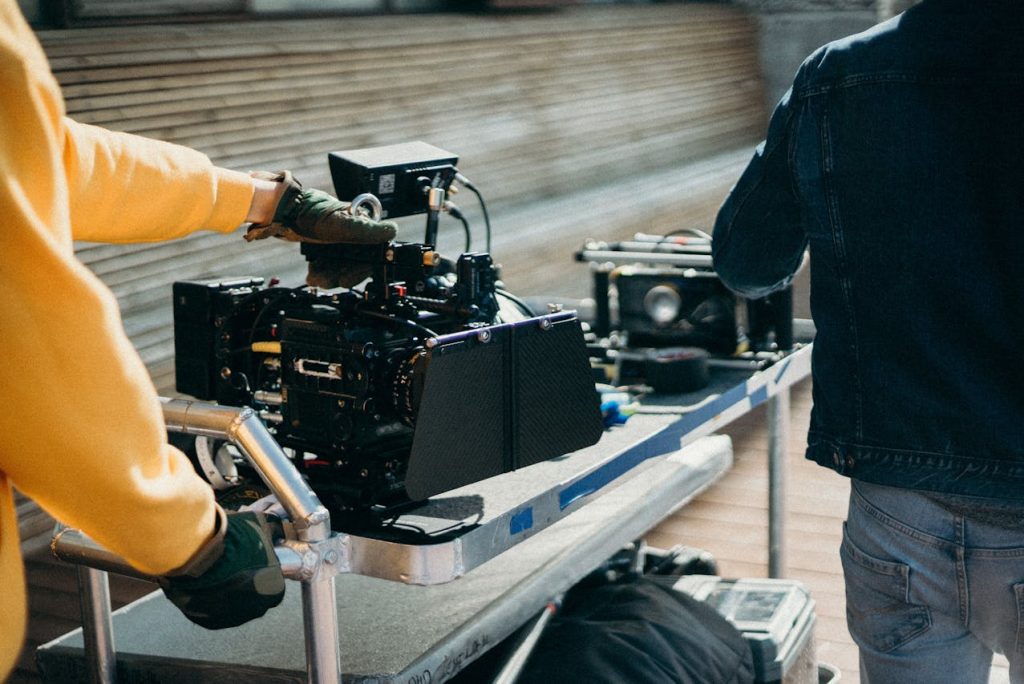The automotive industry has embraced robotics technology as a fundamental component of car manufacturing. Robots play a critical role in automating various stages of production, from assembly to painting and quality control. With their precision, speed, and versatility, robots have revolutionized car manufacturing, leading to increased efficiency, improved quality, and streamlined processes. In this article, we will explore how robots are used in car manufacturing and their impact on the automotive industry.
Body and Chassis Assembly
Robots are extensively employed in body and chassis assembly processes in car manufacturing. They excel in performing repetitive and precise tasks, such as welding, riveting, and fastening. Robotic arms equipped with welding guns can perform consistent and accurate spot welds on car body panels, ensuring structural integrity. Robots also handle tasks such as attaching chassis components, installing doors, and mounting engine components, contributing to efficient assembly processes.
Paint Application and Finishing
Robotic painting systems have become a standard feature in car manufacturing plants. Robots equipped with spray guns and precise control systems ensure uniform and high-quality paint application on car bodies. They can apply multiple layers of paint, including primer, basecoat, and clearcoat, with consistent thickness and coverage. Robotic painting systems optimize paint usage, reduce waste, and eliminate variations caused by human factors, resulting in flawless and visually appealing finishes.
Parts Handling and Material Logistics
Robots are utilized for parts handling and material logistics in car manufacturing facilities. They excel in tasks such as picking and placing components, transferring parts between workstations, and managing material flow on assembly lines. With their speed, accuracy, and ability to handle heavy loads, robots optimize the movement of components, ensuring the availability of parts at the right place and time. Automated guided vehicles (AGVs) and robotic arms are commonly used for these material handling tasks.
Quality Inspection and Testing
Robots play a crucial role in quality inspection and testing processes in car manufacturing. Vision-guided robots equipped with cameras and sensors can perform detailed inspections of car bodies, components, and finished vehicles. They identify defects, measure dimensions, and ensure adherence to quality standards. Robots can also conduct tests such as leak testing, electrical testing, and functional testing, ensuring that each vehicle meets the required specifications before leaving the assembly line.
Collaborative Robots (Cobots) in Car Manufacturing
Collaborative robots, or cobots, are gaining prominence in car manufacturing, particularly in tasks that require human-robot collaboration. Cobots work alongside human workers, assisting with tasks such as parts delivery, component installation, and quality control. They can safely operate in close proximity to humans due to advanced safety features, such as force sensors and collision detection. Cobots enhance efficiency, ergonomics, and safety in car manufacturing, fostering a collaborative and productive work environment.
Advantages of Robotic Automation in Car Manufacturing
The use of robots in car manufacturing offers several advantages that significantly impact the automotive industry:
Increased Efficiency: Robots work tirelessly and consistently, minimizing cycle times and maximizing production output. They can operate 24/7, contributing to higher manufacturing efficiency and meeting market demands.
Improved Quality and Precision: Robots perform tasks with high precision, reducing human errors and variations. They ensure accurate assembly, precise welds, and uniform paint finishes, leading to superior product quality.
Enhanced Safety: Robots take over hazardous tasks, reducing the risk of injuries to human workers. They are equipped with safety features, such as sensors and collision detection, ensuring a safe working environment.
Optimized Resource Utilization: Robots optimize the utilization of resources, including materials, energy, and time. They reduce waste, increase energy efficiency, and streamline production processes, resulting in cost savings.
Flexibility and Adaptability: Robots can be reprogrammed and reconfigured to adapt to changing production needs and accommodate different car models or variants. They provide production flexibility and facilitate quick changeovers.
Shortened Production Time: With their speed and efficiency, robots accelerate production processes, reducing the overall production time for car manufacturing. This leads to faster delivery of vehicles to the market.
Conclusion
Robots have revolutionized car manufacturing by bringing automation, precision, and efficiency to the industry. From body assembly to painting and quality control, robots have become indispensable in modern car manufacturing plants. By leveraging robotics technology, the automotive industry has achieved increased productivity, improved quality, and enhanced safety standards. With continued advancements, robots will continue to play a vital role in shaping the future of car manufacturing.

